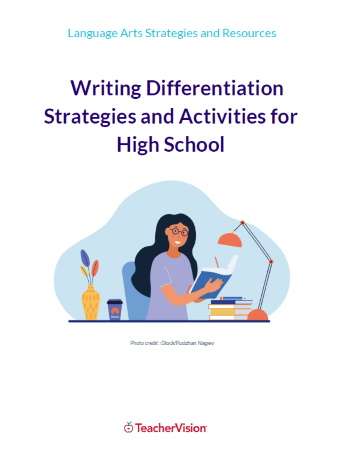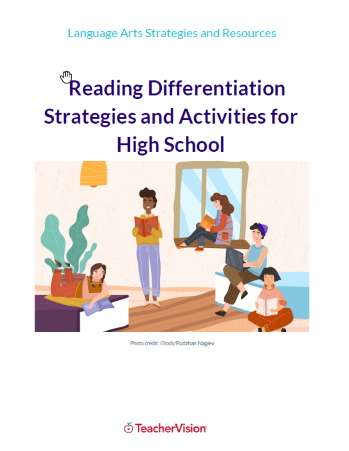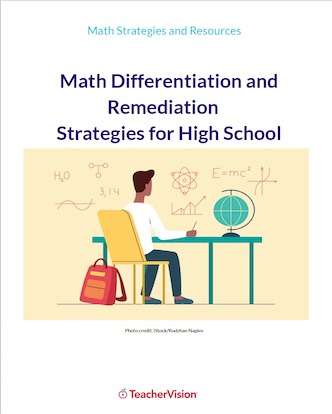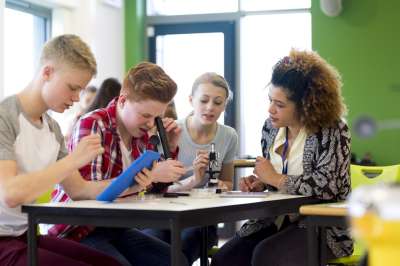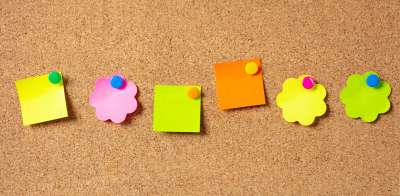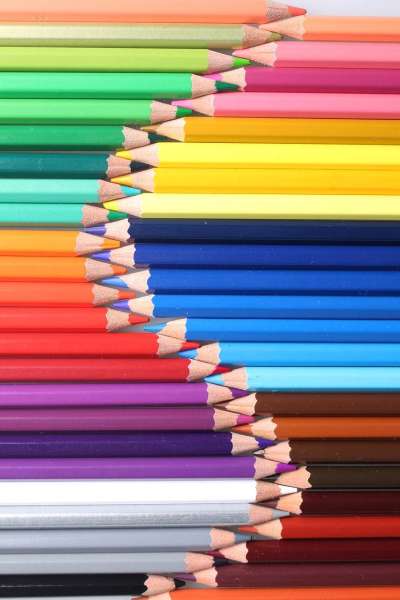Collaboration is critical 21st Century and social-emotional skill
Jigsaw is a grouping strategy in which the members of the class are organized into groups then rearranged in new groups to share their learning. This is an excellent method for improving students' teamwork and communication skills.How Can You Make It Happen?
Divide the day's lesson into segments, and form student groups. The groups should be diverse in terms of ability.
Form temporary expert groups in which students are assigned to the same segment. Give students in these expert groups time to discuss the main points of their segment and to rehearse the presentations they will make to their jigsaw group.
Then bring the students into jigsaw groups that are composed of one student from each expert group. Have each student present her or his segment to the group. At the end of the session, you may give a quiz so that students are held accountable for learning all the material.
The teacher's role in the jigsaw is to facilitate learning. When students are in expert groups, the teacher can support students by encouraging them to find ways to put information they learned into their own words, to relate the material to their own lives, and to give examples that help them explain the material to their group. Students should be encouraged to help each other and to make sure everyone in their group understands the material and will be confident presenting it to his or her group.
If a student finds it difficult to explain his or her topic to the jigsaw group, a teacher first might pair that student with a partner who will help research and present the information to the jigsaw group and then have the pair travel together to the expert group and to the jigsaw group. This will help both students develop interpersonal skills, communication skills, and cooperating. To facilitate this partner coaching, have both students tell you if this is helping them learn the material. Encourage both students to make suggestions that would help them learn more efficiently.
How Can You Stretch Students' Thinking?
The Jigsaw strategy is fundamental to all kinds of work in small groups. Use it frequently to maximize accountability and interactivity. As students become accustomed to sharing their understanding and ideas with others, you will find that they become more responsible learners. Faced with the need to articulate their learning to others, they will master the material at a deeper level than they would otherwise. As you give students more and more complex materials to discuss, master, and present to their peers, you will be providing them with opportunities to expand their thinking and understanding. You can increase accountability by giving individual students a quiz on the material after the jigsaw sharing is complete.When Can You Use It?
You can use this strategy in many different ways.
Reading/English
Jigsaw can be used during an author study. Have each expert group read the books of an author, and have each student present the author to his or her jigsaw group. For younger students, each small group can be given a different storybook to read. Students take turns reading parts of the story. Then they take turns reading the whole story aloud again in their jigsaw groups.
Writing
Essays or reports can be divided into sections, and expert groups can research together and then bring their knowledge to their jigsaw groups to write the essay or report. Students can be asked to critique the same piece of writing in small groups and then share and compare their critiques in the jigsaw group.
Math
Give students the same multi-step problem to work on in small groups (for example, estimate the number of supermarkets in the United States). Then reorganize students into jigsaw groups and have them share and discuss each original group's solution.
Social Studies
Chapters or articles can be divided and studied by student groups and then shared. Small groups can be asked to develop a solution to the same problem; solutions then can be shared and discussed in jigsaw groups.
Science
Small groups can conduct the same experiment and then share and compare results with a jigsaw group. Ask small groups to become experts in particular domains and then have them share their domain knowledge with the jigsaw group.

